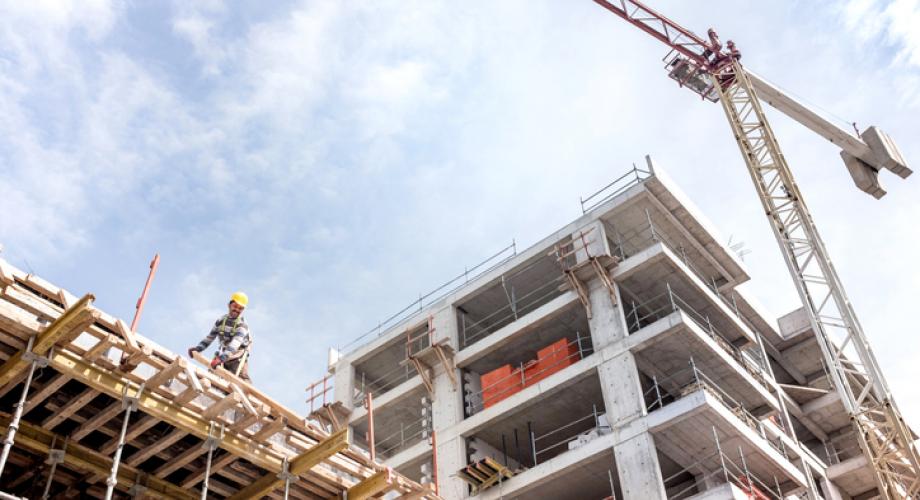Earlier this year, the City of Atlanta released its first report documenting progress under the new Mandatory Inclusionary Zoning (MIZ) ordinance. According to the report, MIZ has produced a total of 362 affordable units since the program took effect in 2018. This number falls short of projections as Mayor Keisha Lance Bottoms pledges to create or maintain 20,000 units of affordable housing by 2026.
Adopted in 2017 and deployed in 2018, the MIZ program is part of Atlanta’s larger affordable housing strategy. At its core, MIZ requires that new multifamily projects with more than 10 rental units in the Beltline and Westside neighborhoods must set aside a portion of units for households making a certain percentage of the Area Median Income (AMI). Developers may choose one of two options: allocate 10 percent of total units to households making 60 percent of AMI or 15 percent for households making 80 percent of AMI. Alternatively, developers may choose to pay an in-lieu fee to the city roughly equal to the cost of the city developing those units.
Despite efforts to increase participation in MIZ, like density bonuses and reduced parking offerings, the availability of incentives has failed to appeal to developers. “There are no material incentives. Generally, we don’t need density bonuses and reduced parking, so the impact is nominal. We needed property tax abatement, which were in the proposed ordinances but stripped from the final,” says Bobby West, Managing Partner of Tribridge Residential, a full-service multifamily investment, development and management company in Atlanta. “Additionally, land prices and construction costs have only increased. It is at the point where it is very tough to get market rate deals done, much less deals with 10 to 15 percent affordable units.”
Mandatory inclusionary zoning programs like these often prove to deter new affordable housing development, forcing developers to seek out more financially viable markets. In New York City, the mandatory inclusionary housing program is plagued by several design flaws that discourage new housing development in target neighborhoods. Instead, new projects are diverted to stronger markets where the program’s requirements do not apply. According to West, a similar trend has developed in Atlanta where developers of affordable housing are obtaining subsidies to build outside of the target neighborhoods and away from the requirements of MIZ.
Mandatory inclusionary zoning policies may be advertised as a small piece of a larger pie, but their adverse impact can have far greater reach than that of a supporting player. If inclusionary zoning renders a project economically infeasible and new housing fails to materialize, that jurisdiction not only loses out on much needed affordable units, but it also loses out on housing in general. Jurisdictions lose out on the economic benefits that come with new development, housing costs continue to rise, and naturally occurring affordable housing gradually fades out of existence.
For more information on inclusionary zoning, please contact Sam Gilboard, NAA Manager of Public Policy.
